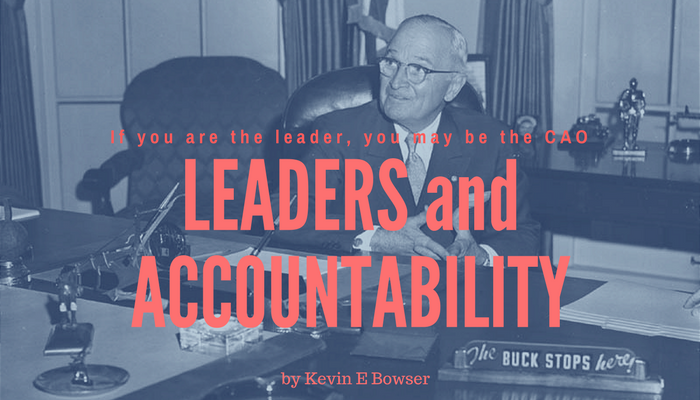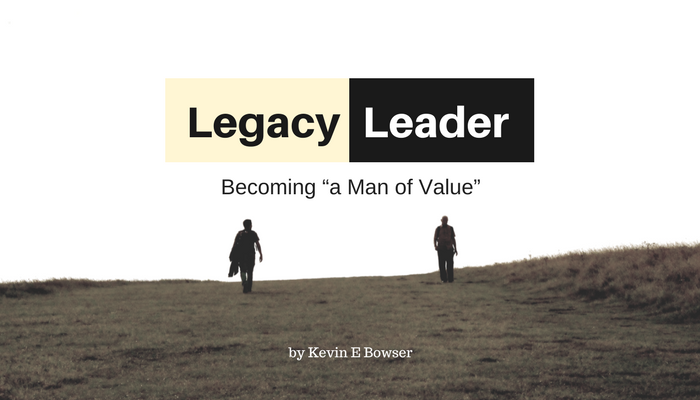Once again I want to remind you of my deep love for great pithy quotes. And today is no exception. In fact, it hit me right between the proverbial eyes. Are you ready? Here it is:
“Hypocrisy exists in the space between language and action.”
— Henry J. Evans
I can’t guarantee that is the right attribution for that quote. But, his name seems to be associated with it in the most contexts in which I see it. If anyone has any information to the contrary regarding the correct attribution, I want to be accountable for its accuracy and give credit to the originator.
Blaming and Finger Pointing
My fear as I write this article is that we are so far removed from a culture of accountability that we don’t even know what accountability looks like anymore. Whenever we do experience something that someone claims to be “accountability” it feels more like “blame” and “finger pointing” than anything else. So let me state emphatically that accountability does not equal a great big gotcha when something goes wrong. It is quite different and begins way upstream of whatever incident or accident has just occurred. But it should point out the space between language and action.
Let’s Move Upstream
Let’s agree right now that you can’t inject accountability into a process or a project in mid-stream. At least, you can’t do it without a lot of wear and tear on all parties concerned. So, what do you do? You build it into the next project or the next process or the next planning and execution event. You go upstream.
Click here to read the rest of the article »











